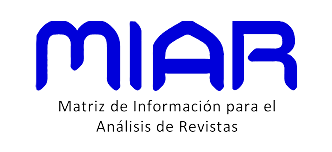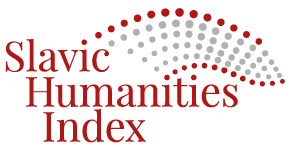Shakespeareov "Hamlet" između klasike i manirizma / Shakespeare’s "Hamlet" between classicism and mannerism
DOI:
https://doi.org/10.46352/23036990.2022.295Keywords:
William Shakespeare, Hamlet, classicism, mannerism, Dževad KarahasanAbstract
Continuing the previous research on mannerism in the history of European art, primarily the book Dnevnik melankolije [The Diary of Melancholy] by Dževad Karahasan, this paper tries to understand the specific internal contradictions of William Shakespeare’s play in the tension between the classical and mannerist experience of the world. On the foundations laid by Gustav Rene Hocke in his books on mannerism, Karahasan examined the relationship between classical and mannerist dramatic techniques throughout the history of European drama. In accordance with Hocke’s approach, Karahasan recognizes periods of domination of the mannerist type of drama. Shakespeare is cited as one of the mannerist playwrights, but, among other authors, no detailed analysis is devoted to him. This paper, therefore, tries to further develop Karahasan’s basic theses on the example of Shakespeare’s Hamlet, in which we want to recognize the intertwining of classical and mannerist dramatic techniques. Following Karahasan’s methodology, the focus will be on the analysis of the character, plot, action and dramatic situation, and then from these specific problems of dramatic technique, the classical and mannerist image of the world in dramatic literature will be discussed. Thus, within the framework offered by Karahasan, this paper seeks to further problematize Shakespeare’s position in the context of the history of mannerist drama. Therefore, this paper is aimed beyond just confirming Karahasan’s basic theses - we perceived Shakespeare as even more important than it was the case in Karahasan’s conception.
Downloads
Downloads
Published
How to Cite
Issue
Section
License
Copyright (c) 2022 Journal of the Faculty of Philosophy in Sarajevo / Radovi Filozofskog fakulteta u Sarajevu, ISSN 2303-6990 on-line

This work is licensed under a Creative Commons Attribution-NonCommercial-ShareAlike 4.0 International License.













